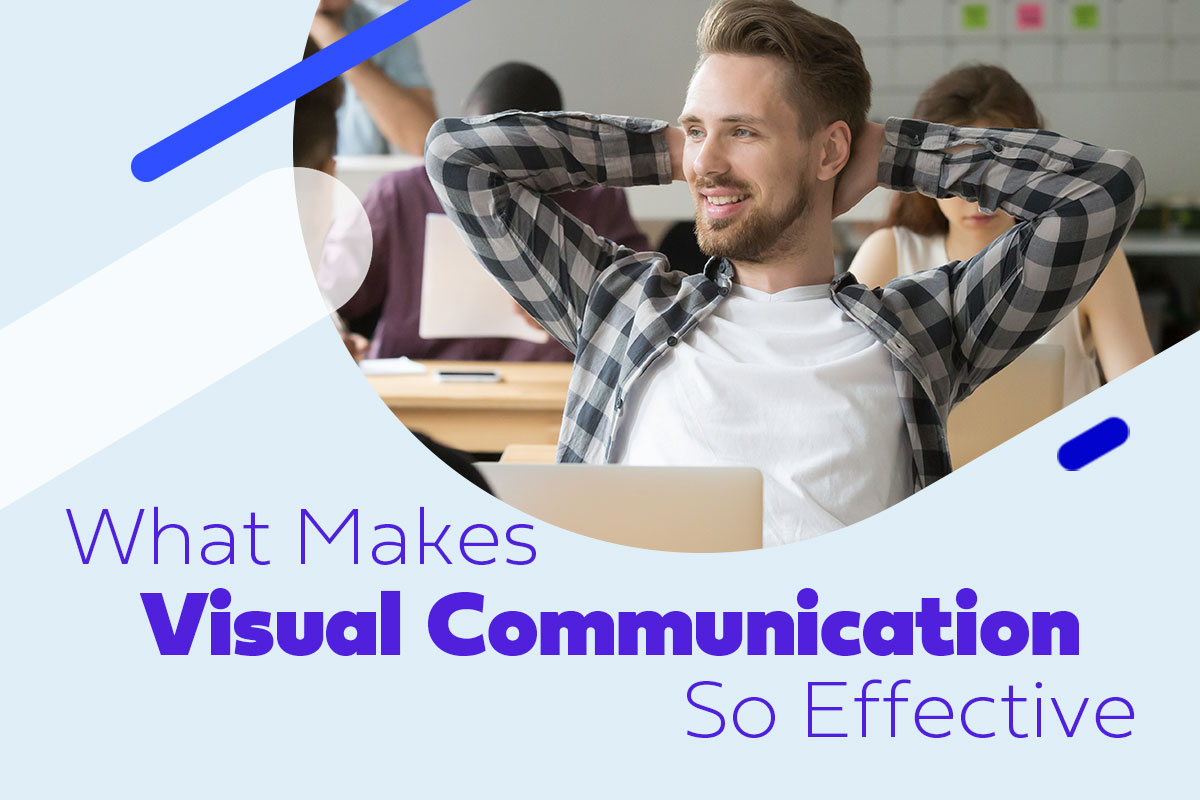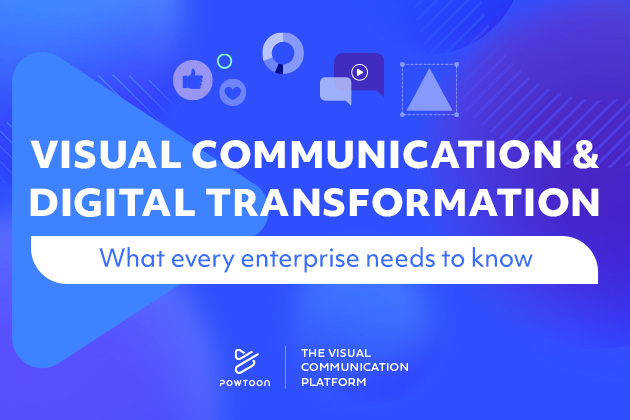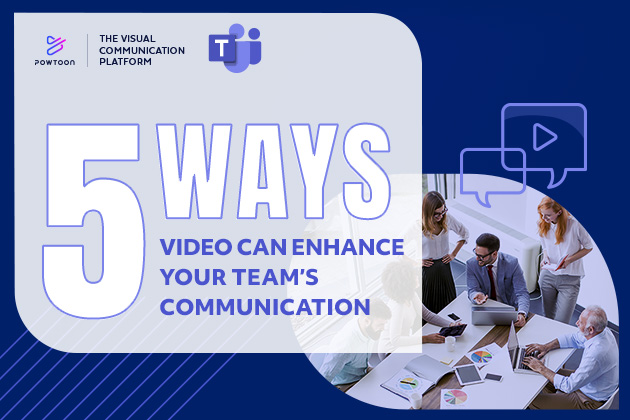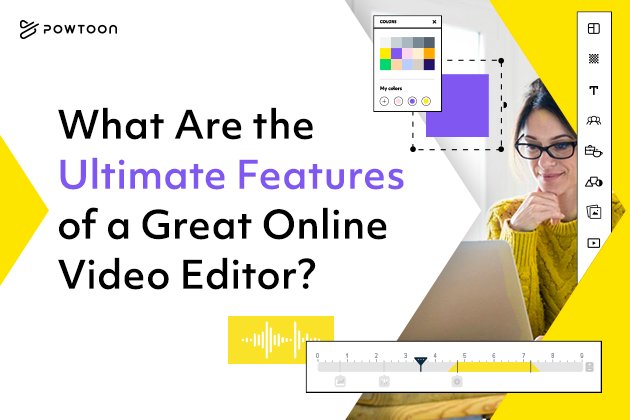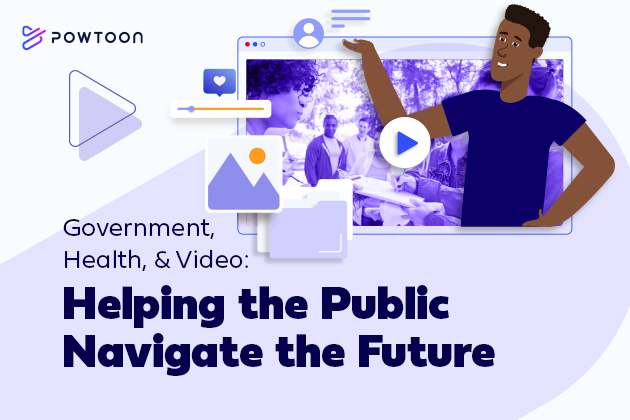
Government, Health, and Video: Helping the Public Navigate the Future
Health will always be a top priority and for those who work in a government, healthcare, or nonprofit organization, understand that public health matters more than ever.
Amidst the current global pandemic, public health is on the frontline, and that means that health communications is key to ensure a safe and secure society for all.
How? It’s all in how you present information. As you will see, health information is essential, but a challenge to consume and understand. Organizations need a better way to communicate with the public, and improving the ways of sharing this information with visual communication should be the new standard.
Too Much Data, Too Little Time
With so much data and information, how is the public meant to access the information that actually matters to them?
The public are overwhelmed with multiple sources of information and are searching for one simple source of truth.
With their attention in high demand, the public needs reliable leadership, clear communication, and empowering education from health organizations, government agencies and NGOs — fast.
These organizations are the centers of research and data that can help people lead healthier, safer lives — but only if they actually understand that information and are inspired to act on it.
And sharing valuable information breeds better connection and collaboration with the public. But there’s a gap between the data available to these organizations and how it’s being served. The way we engage with content is changing — and it’s time for large scale and data heavy organizations to evolve with it.
Take the European Data Portal, for example, a portal full of pages overflowing with necessary safety information and updates. Yet does any of it see the common eye, or is it left untouched, unread, and misunderstood?
Sharing information can save lives, especially in times of crisis management and disease prevention. But the European Data Portal approach just hasn’t adapted to meet the public’s expectation for clear, fast, valuable communication.
So what needs to change?
Data is meant to provide the public with a clear understanding, to empower citizens, and to motivate action. The days of daunting data tables, health brochures, and handouts are over. It’s time to face a fresh reality, and to bring health communications up to date.
How Does Data Become Digestible?
This is where the world of visual communications meets the world of health communications in one innovative and enthusiastic collaboration!
As shown by Forrester and California’s health initiatives, this is because…
- 65% of the population are visual learners.
- 90% of information transferred to the brain is visual.
- Visuals are processed 60,000x faster than text.
- Employees are 75% more likely to watch a video than read text.
- One minute of online video equals about 1.8 million written words.
In short, nobody is sifting through those multi-paged, text-only reports anymore — we have seen some as long at 72-pages. BUT it doesn’t mean that the information isn’t valuable and doesn’t need to be shared with the public.
Without health communication becoming visual, non-profits, government agencies, and health organizations run the risk of not effectively communicating with the communities they serve.
The Future of Public Health
Creating valuable content that makes an impact has been a challenge for many organizations. Yet for the future of public health, such content is key.
Trusted information sources have the capacity to relieve massive panic, dissuade public fear, and keep misinformation at bay.
Organizations today require game changing tools to enable them to easily create engaging content that would allow the public (which they serve) to get relevant and valuable health information.
Such technologies would be useful for international institutions like the CDC, WHO, the EU, as well as your local municipality or your favorite NGO.
Instead of letting hundreds of pages sit like the European Data Portal, turn them into visual communications pieces like we did here.
An engaging piece of visual communications like this allows us to immediately visualize and understand the impact of COVID-19, and can be used as a tool to positively influence the way the public manages their health.
Health Communication Gone Visual
So what’s the solution? Health communications needs an upgrade, and the organizations who garner such crucial health data need to find ways to communicate it effectively and efficiently.
Using visual communications to navigate public health is key. The good news is, there are tools available which can deliver professional videos with minimal budget, which will get valuable messages across and engage the public in a brand new way.
Breathe new life into your communications, empower and educate more people, and maintain your edge in a world overrun with data.
Today, when public and personal health go hand in hand (socially-distanced), it’s key to remember the power and responsibility that governmental offices, healthcare organizations, and NGOs have.
Start Now! Here Are 3 Video Templates You Can Use Immediately
Here are some ideas for you to advance your health communication initiatives today:
1. Share a short list of key tips to get an important message across
2. You have the research; share it easy as 1 2 3
3. Harness the power of your data in its most desirable form, the Infographic
Click here to see more video templates for the future of work!

